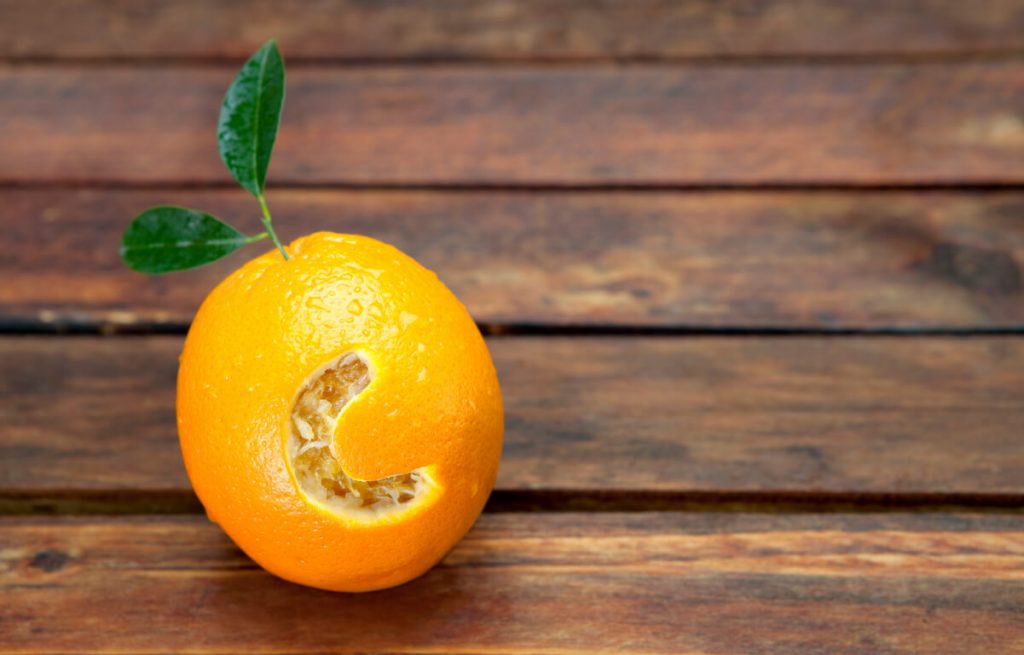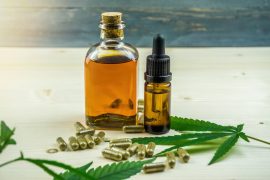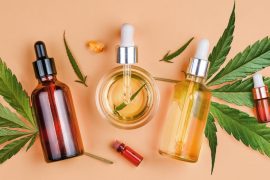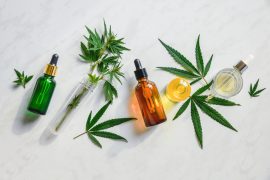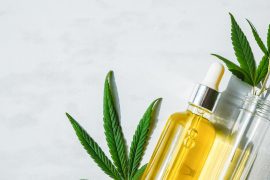Just imagine, Imagine an enhanced version of Hemp Oil. It is quite difficult to believe that the innate capabilities of Hemp and CBD can further be enhanced to drastic means. Not only able to cater for each individual respective to their own choice of the use of CBD, yet able to perform beyond its optimum expectation. Beyond mere comprehension, defying the odds so naively formed by the entirety of the medical profession. Well, don’t you want to know?
Don’t you want to know what such a product delivered by irrefutable genii is called?
Here I give you, Hemp Oil liposomes.
First things first,
What are liposomes?
Wait, let me warn you guys. It might get a tad bit confusing from now on.
So, lets simplify it.
Liposomes are small artificial vesicles resembling a spherical shape that can be created from cholesterol and natural non-toxic phospholipids. Due to their size and hydrophobic and hydrophilic characteristics (besides biocompatibility), liposomes are promising systems for drug delivery. Liposome properties differ considerably with lipid composition, surface charge, size, and the method of preparation. Furthermore, the choice of bilayer components hence determines the ‘rigidity’ or ‘fluidity’ and the charge of the bilayer. For instance, unsaturated phosphatidylcholine species from natural sources (egg or soybean phosphatidylcholine) provide sufficiently more permeable and less stable bilayers, whereas the saturated phospholipids with long acyl chains (for example, dipalmitoylphos phatidylcholine) form a rigid, rather impermeable bilayer structure. Okay here’s the simplified version.
Liposomes Distinct Properties:
Biocompatibility, biodegradability, low toxicity, and aptitude to trap both hydrophilic and lipophilic drugs and simplify site-specific drug delivery to tumour tissues, liposomes have increased as both a commercial drug delivery system and an investigational system globally. A myriad of studies has been conducted on liposomes with the goal of decreasing drug toxicity and/or targeting specific cells in the body. With the emphatic introduction of liposomes, the overall CBD industry has been entirely shocked.
When infused with liposomes, Hemp Oil becomes a prolific phenomenon. As previously stated, the profound ability to target specific cells in the body provides immensely helpful as through the use of liposomes, Hemp oil liposomes ensures that the body absorbs all the cannabidiol present in the Hemp and CBD topicals and oils.
What are membrane phospholipids?
Typically, cell membranes are composed with a phospholipid bilayer. This bilayer contains a hydrophilic, or “water loving” head group, and a lipophilic, or “fat loving” tail. Composed of a long hydrocarbon chain that repels by water. As a result of the presence of hydrophilic and lipophilic components, phospholipids are classified as amphipathic molecules.
When exposed to water, the head group is attracted to water and hence forms a surface facing the water. Simultaneously the lipophilic tail repels against the force of the water and subsequently form a surface that opposes the water. Within a single cell, one layer of the head groups faces the exterior of the cell, whereas another layer of the polar head group faces the internal cellular environment.
Liposomes can be composed of naturally derived phospholipids with mixed lipid chains, such as egg phosphatidylethanolamine, or of pure surfactant components such as (DOP). Perhaps common for liposomes, they also contain a core aqueous solution that is trapped by one or more bilayers. The phospholipid bilayers of a liposome can originate from natural sources, which are biologically inert, immunogenic and exhibit a lower inherent toxicity.
How Does Liposome Ensure Optimal Absorption?
The unique feature of liposomes lies in their ability to compartmentalize and solubilize both hydrophilic and hydrophobic materials by nature. Through this unique feature, coupled with biocompatibility and biodegradability, liposomes are evidently posed as a medium for drug deliveries. Whilst hydrophilic drugs entrap themselves in the aqueous layer or at the bilayer surface, hydrophobic drugs place themselves inside the bilayer. Liposome binding drugs, into or onto their membranes, are expected to be transported without rapid degradation and minimum side effects to the recipient since generally, liposomes are composed of biodegradable, biologically inert and non-immunogenic lipids. Hence allowing them to be a prolific carrier for drugs. Unlike other carrier systems such as nanoparticles, thanks to liposomes properties as well as the ease of surface modification to bear the targetable properties, makes liposomes significantly more attractive candidates for use as drug-delivery vehicles.
Liposomes are inherently representative of a versatile and advanced nano delivery system for a plethora of biologically active compounds. The entrapment of the drugs, both hydrophilic and hydrophobic, into the liposomes is used to bypass the frequent generic toxicity associated with the drug as often seen in cancer drugs and others. Thus, it represents a very effective route that enhances the drug therapeutic effect. Which leaves the remaining question.
Why settle for anything less than Hemp Oil liposomes?
Essentially, the use of liposomes as a drug delivery carrier is evidently being employed in various ranges of CBD products to ensure the potent drug present in CBD is effectively distributed and absorbed allowing users to reap the optimum benefits from a gift from God.

